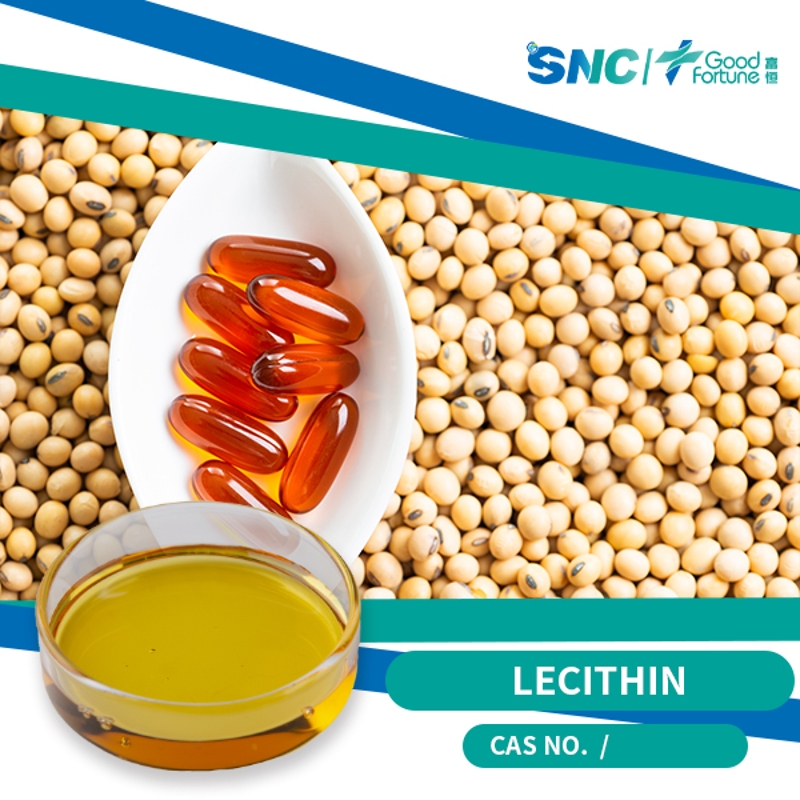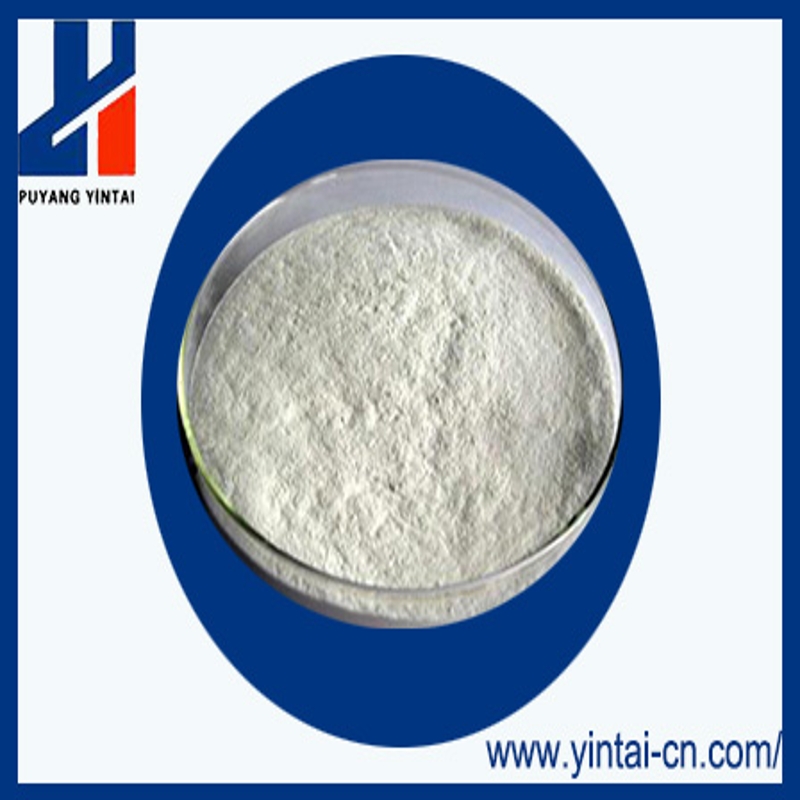-
Categories
-
Pharmaceutical Intermediates
-
Active Pharmaceutical Ingredients
-
Food Additives
- Industrial Coatings
- Agrochemicals
- Dyes and Pigments
- Surfactant
- Flavors and Fragrances
- Chemical Reagents
- Catalyst and Auxiliary
- Natural Products
- Inorganic Chemistry
-
Organic Chemistry
-
Biochemical Engineering
- Analytical Chemistry
- Cosmetic Ingredient
-
Pharmaceutical Intermediates
Promotion
ECHEMI Mall
Wholesale
Weekly Price
Exhibition
News
-
Trade Service
| Advances in research on the plasticity of early symbiosis of reef-building corals |
Above: Staghorn Coral and its larvae; Bottom: Staghorn Coral and its larvae
.
Photo courtesy of Huang Hui teamAbove: Staghorn Coral and its larvae; Bottom: Staghorn Coral and its larvae
The mutually beneficial symbiosis between reef-building corals and zooxanthellae is the key support of the coral reef ecosystem, but this symbiosis is facing the threat of seawater heating and acidification
.
Under the background of climate change and coral reef degradation, to study the impact of warming and acidification on the establishment of early coral symbiosis, especially the selection of corals to zooxanthellae and the plasticity of early symbiosis, which is useful for understanding and predicting coral larval recruitment and coral larval environmental adaptation Ability is especially important
The researchers took two widely distributed reef-building corals in the Indo-Pacific Ocean-Staghorn Coral and Delicate Flat Brain Coral.
The growth types and environmental pressure sensitivity of the two corals are different.
The former is sensitive branched.
Coral, the latter is a tolerant clump coral.
The researchers collected the fertilized eggs of the two corals and cultivated them to the larval stage, and then bred them in a flowing water experimental aquaculture system to study by controlling the temperature and pH of the sea.
Under the influence of warming (29℃ vs.
31℃) and acidification (pH 8.
1 vs.
7.
8), the early symbiosis establishment process and growth and development of the two coral larvae
.
Studies have found that warming will delay the early symbiosis establishment of the two corals, while acidification has no obvious effect.
However, the response and sensitivity of different coral species are different.
The warming completely inhibits the successful establishment of the early symbiosis of the middle staghorn coral and is not conducive to the larvae.
The asexual budding reproduction; for the delicate flat brain coral, the warming significantly reduces the proportion of successful symbiosis in the larvae by 50%
.
In addition, warming changes the selection preference of Staghorn coral larvae for zooxanthellae.
Under normal temperature conditions, coral larvae mainly establish symbiosis with the zooxanthella Cladocopium sp.
, and the larvae tend to establish symbiosis with the heat-resistant zooxanthella Durusdinium sp.
Symbiosis, however, the larvae of the exquisite flat brain coral prefer to establish symbiosis with the zooxanthellae Durusdinium sp
.
Transcriptome analysis showed that the Durusdinium zooxanthellae selected by Staghorn coral larvae significantly down-regulated genes related to ribosome synthesis and photosynthesis under high temperature conditions, indicating that although the zooxanthellae Durusdinium can enter the body of Staghorn coral, it cannot be in large quantities under high temperature conditions.
According to reports, the warming of seawater has a far greater impact on the early symbiosis establishment and growth of reef-building corals than acidification, and compared with the middle staghorn corals, the larvae of the exquisite flatbrain corals are more adaptable to climate change, suggesting that their larvae replenish The process is less affected by climate change; the preference choice of the two corals for zooxanthellae under warming and acidification provides us with new perspectives and ideas for understanding the symbiosis between corals and zooxanthellae under climatic conditions
.
Huang Hui said that the study revealed the early symbiosis establishment of scleractinian coral larvae under the influence of warming and acidification and the coral's selectivity to zooxanthellae
.
(Source: China Science News, Zhu Hanbin and Hu Simin)
Related paper information: https://doi.
https://doi.
org/10.
3389/fmicb.
2020.
532447







